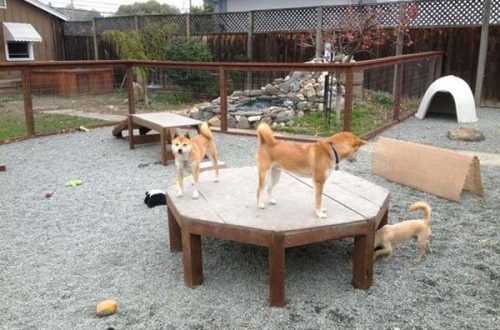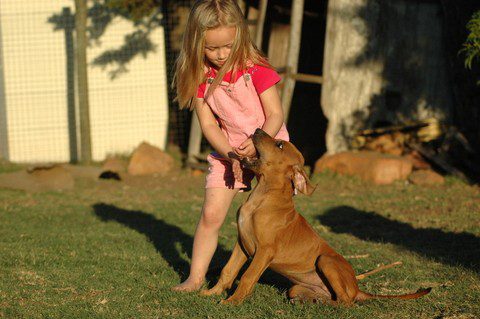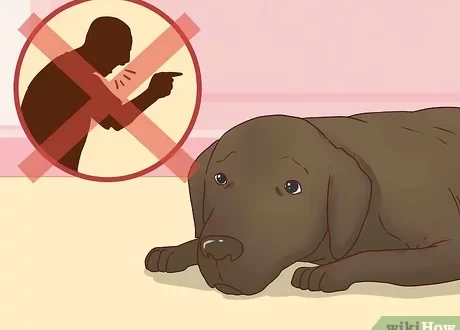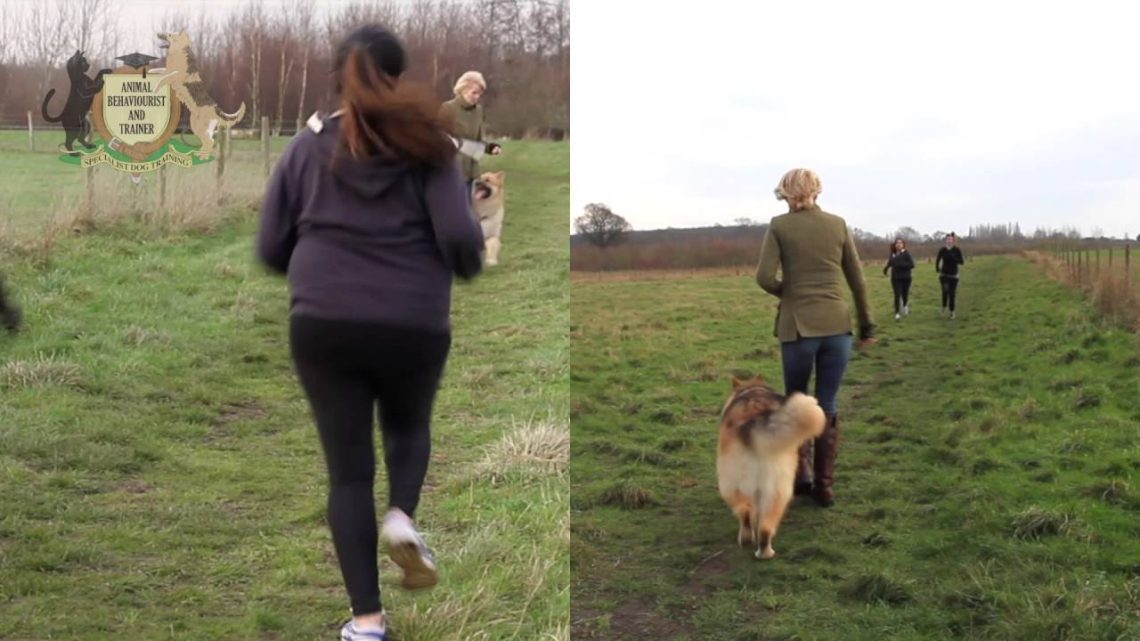
How to wean a dog to run after cyclists and joggers?
Some owners are dreading the next walk due to the fact that the dog chases everything that moves, including joggers. Or they choose to walk early in the morning and late in the evening, when there is no one on the street. And all the same, they constantly monitor the surroundings, as if inadvertently not to meet an athlete … In general, life with a dog becomes not a joy. Why does a dog chase runners and what can be done to wean it?
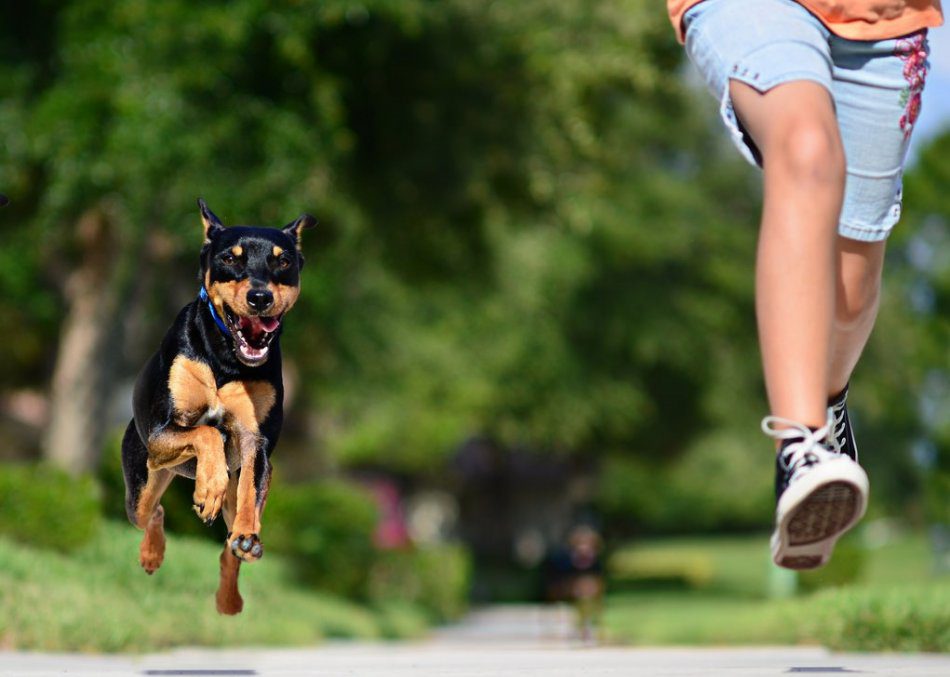
Photo: google.by
Why does a dog chase runners?
Chasing runners (and any moving objects) is perfectly normal dog behavior. After all, by nature they are hunters who survived by pursuing prey. Another thing is that in the conditions of modern life such behavior cannot be called acceptable.
Sometimes the owners, unwittingly, reinforce this behavior of the dog. For example, they begin to gently persuade her to calm down, or even try to distract her with a treat, and the dog perceives this as an encouragement. Or, on the contrary, they begin to scold furiously, and the pet is filled with confidence that the owner also does not like this suspicious runner, and together they will surely defeat him! And, of course, the dog tries even harder.
Sometimes a dog is unable to cope with an overwhelming level of arousal, and chasing runners is one of the symptoms of this condition.
How to wean a dog from chasing runners?
It is possible to train a dog to stop chasing runners and in general from chasing moving objects, but it will take effort and consistency to avoid any reinforcement of unwanted behavior. What to do?
- Train your dog to call, that is, to rigorously and immediately follow the command “Come!” There are a huge number of games and exercises, the purpose of which is to convince the dog that the command “Come to me!” – the best thing that can happen to a dog, and as a result, you can easily withdraw the pet from the strongest irritant.
- If the reason is the high level of arousal of the dog, you need to work with his condition. Relaxation protocols can help here, as well as games designed to teach the dog to “keep it in its paws.”
- Work with distance. For example, there is the Behavior Adjustment Training (BAT) method developed by Grisha Stewart and aimed at teaching a dog to calmly respond to any stimuli. By using this technique, you are teaching your dog to interact with triggers (i.e., things that “trigger” the problem behavior) in a socially acceptable way and form alternative behaviors. This technique is also good because it promotes desensitization – that is, reduces the sensitivity of the dog to the trigger.
If you work with the dog consistently and competently, you can teach him to calmly respond to any stimuli and stop chasing runners and other moving objects.



